DIVIDE AND CONQUER! Having some trouble with division or multiplication? This book will come to your rescue! Learn to do long division with remainders, how to multiply two-digit numbers, and get great tips for solving word problems. Whether you are learning this valuable information for the first timeon your own or with a tutoror you would like to review your math skills, this book is a perfect choice.
FREE WORKSHEETS AVAILABLE AT ENSLOW.COM
Author
Rebecca Wingard-Nelson has worked in public, private, and home-school mathematics education. She has been involved in various educational math projects, including developing and writing state math assessment tests, exit exams, proficiency tests, textbooks, and workbooks.

Not every person is an accountant, engineer, rocket scientist, or math teacher. However, every person does use math.
Most people never think, I just used math to decide if I have enough milk for this week! But that is exactly what they did. Math is everywhere; we just dont see it because it doesnt always look like the math we do at school. Math gives you the power to:
- determine the best route on a trip
- keep score in a game
- choose the better buy
- figure a sale price
- plan a vacation schedule
Multiplication and division are basic operations that are used in everyday life as well as in business and science. Determining how much wallpaper or paint you need for a room uses multiplication. Finding the best price per unit uses division. This book will help you understand division and multiplication.
It can be read from beginning to end, or used to review a specific topic.
Multiplication is like adding the same number over and over. It gives you the power to add many times in just one step.
What is 2 + 2 + 2 + 2? This problem can be solved in two ways.
Addition: Add all the 2s. 2 + 2 + 2 + 2 = 8
Multiplication: There are four 2s being added.
This is the same as 4 2. Multiply 4 2. 4 2 = 8 
Image Credit: Shutterstock.com
Numbers that are multiplied are called
factors. = 8 The answer to a multiplication problem is called the
product. 4 2 = Multiplication problems may be written in a line or a column.


You can use symbols in rows and columns to help you picture multiplication problems.
Use symbols to find the product of 3 4.Step 1: The first number (3) is the number of rows in your array.
Use symbols to find the product of 3 4.Step 1: The first number (3) is the number of rows in your array.
The second number (4) tells you how many symbols go in each row. Draw 3 rows, with 4 symbols in each row. You can use any symbol you wish.  Step 2: The total number of symbols is the answer, or product, of 3 4. You may count the symbols, or add 4 + 4 + 4. 3 4 = 12 Use symbols to find the product of 2 10.Step 1: Draw 2 rows, with 10 items in each row.
Step 2: The total number of symbols is the answer, or product, of 3 4. You may count the symbols, or add 4 + 4 + 4. 3 4 = 12 Use symbols to find the product of 2 10.Step 1: Draw 2 rows, with 10 items in each row.  Step 2: Count the symbols, or add 10 + 10. 2 10 = 20 Multiplication problems can be read two different ways. 4 5 is read four multiplied by five or four times five.
Step 2: Count the symbols, or add 10 + 10. 2 10 = 20 Multiplication problems can be read two different ways. 4 5 is read four multiplied by five or four times five.
Once you learn basic multiplication facts, you can multiply any numbers.
4 5 is read
four multiplied by five or
four times five.
Once you learn basic multiplication facts, you can multiply any numbers.
Memorizing the facts may seem hard, but with a few tips, memorization becomes easy!
A number multiplied by two is the same as a double in addition facts. A number multiplied by four is the same as double-double the number.
2 = 4 Double 2 is 4. 32 = 6 Double 3 is 6.2 = 10 Double 5 is 10. 82 = 16 Double 8 is 16.4 = 12 Double 3 is 6, double 6 is 12.4 = 20 Double 5 is 10, double 10 is 20. When you know some multiplication facts, you can find others by adding on one more.
If you know 6 2 = 12, you can add one more 6 to find 6 3.6 2 = 12 6 3 = 12 + 6 = 18If you know 8 5 = 40, you can add one more 8 to find 8 6.8 5 = 40 8 6 = 40 + 8 = 48 A multiplication table is a table that shows all the basic multiplication facts.
You can use the table to find patterns that will help you memorize the facts. 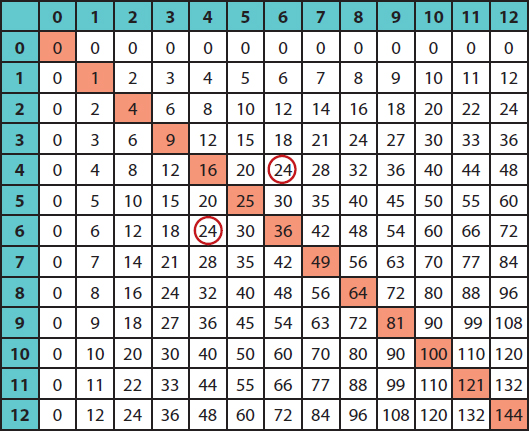 What pattern do you see in the facts for fives?Step 1: Look across the row of facts for fives. All the products end in a 0 or a 5. What pattern do you see in the facts for even factors?Step 1: Look across the row of facts for any even number. All the products are also even numbers. Do you see any products that are the same?Step 1: Look carefully at the table.
What pattern do you see in the facts for fives?Step 1: Look across the row of facts for fives. All the products end in a 0 or a 5. What pattern do you see in the facts for even factors?Step 1: Look across the row of facts for any even number. All the products are also even numbers. Do you see any products that are the same?Step 1: Look carefully at the table.
The products that are shaded in pink have factors that are doubles (1 1, 2 2, 3 3, ). All of the products above the pink shading are the same as the products below the shading. Look at the products of 6 4 and 4 6 (circled). The products are both 24. Memorize one of the facts, and you will know the other.
Mike mows 14 lawns.
Mike mows 14 lawns.
He has mowed each lawn 2 times. How many times has Mike mowed in all? To solve this problem, multiply 14 2. Step 1: Write the problem in a column. Line up digits with the same place value.  Step 2: Multiply the digit in the ones place (4) by 2. 4 2 = 8.
Step 2: Multiply the digit in the ones place (4) by 2. 4 2 = 8.
Write an 8 in the ones place.  Step 3: Multiply the digit in the tens place (1) by 2. 1 2 = 2. Write a 2 in the tens place.
Step 3: Multiply the digit in the tens place (1) by 2. 1 2 = 2. Write a 2 in the tens place.  Write answers using sentences like this... or units like this... 28 times If Mike mows 132 lawns 3 times each, how many times has he mowed in all? To solve this problem, multiply 132 3. Step 1: Write the problem in a column. Step 1: Write the problem in a column.
Write answers using sentences like this... or units like this... 28 times If Mike mows 132 lawns 3 times each, how many times has he mowed in all? To solve this problem, multiply 132 3. Step 1: Write the problem in a column. Step 1: Write the problem in a column.
Line up digits with the same place value.  Step 2: Multiply ones. 3 2 = 6. Write a 6 in the ones place.
Step 2: Multiply ones. 3 2 = 6. Write a 6 in the ones place.  Step 3: Multiply tens. 3 3 = 9.
Step 3: Multiply tens. 3 3 = 9.
Write a 9 in the tens place.  Step 4: Multiply hundreds. 3 1 = 3. Write a 3 in the hundreds place.
Step 4: Multiply hundreds. 3 1 = 3. Write a 3 in the hundreds place.  Mike has mowed 396 times in all.
Mike has mowed 396 times in all. 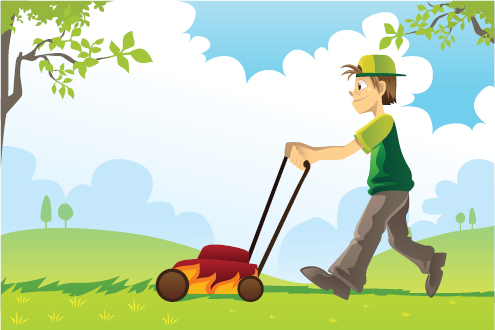

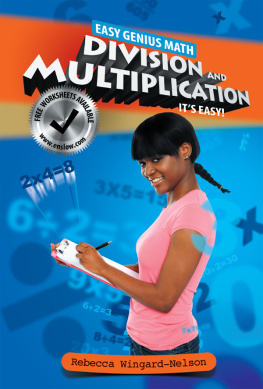
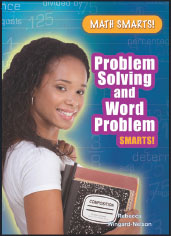
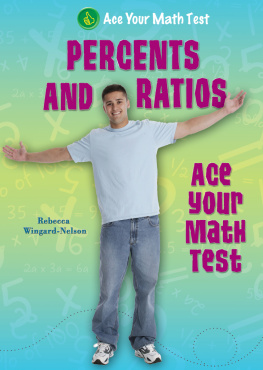


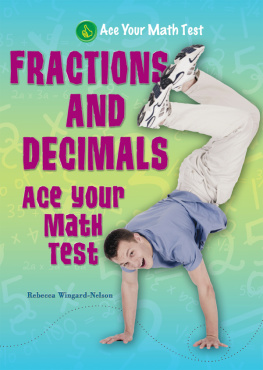
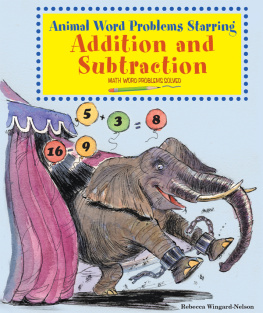
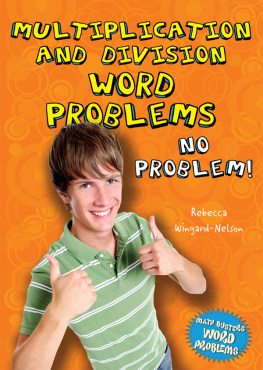

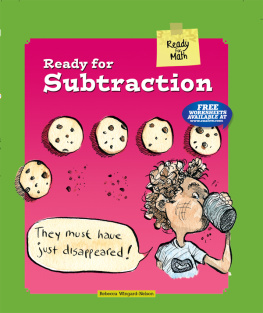
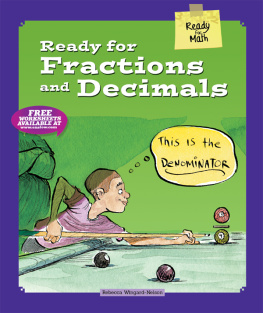
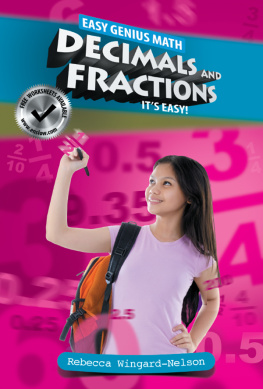
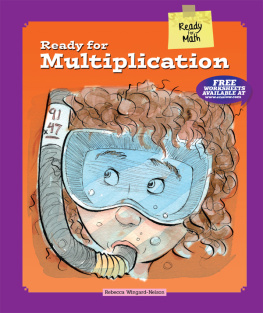
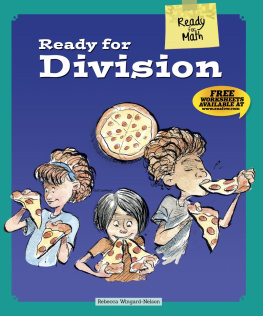
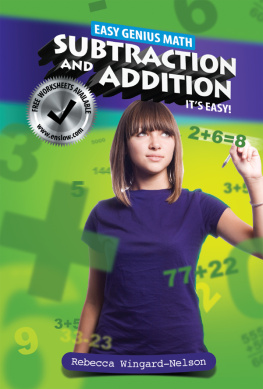
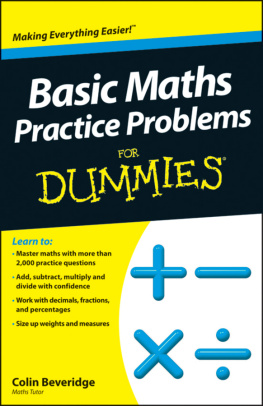
 Not every person is an accountant, engineer, rocket scientist, or math teacher. However, every person does use math.
Not every person is an accountant, engineer, rocket scientist, or math teacher. However, every person does use math. 

 You can use symbols in rows and columns to help you picture multiplication problems. Use symbols to find the product of 3 4.Step 1: The first number (3) is the number of rows in your array. Use symbols to find the product of 3 4.Step 1: The first number (3) is the number of rows in your array.
You can use symbols in rows and columns to help you picture multiplication problems. Use symbols to find the product of 3 4.Step 1: The first number (3) is the number of rows in your array. Use symbols to find the product of 3 4.Step 1: The first number (3) is the number of rows in your array.  Step 2: The total number of symbols is the answer, or product, of 3 4. You may count the symbols, or add 4 + 4 + 4. 3 4 = 12 Use symbols to find the product of 2 10.Step 1: Draw 2 rows, with 10 items in each row.
Step 2: The total number of symbols is the answer, or product, of 3 4. You may count the symbols, or add 4 + 4 + 4. 3 4 = 12 Use symbols to find the product of 2 10.Step 1: Draw 2 rows, with 10 items in each row.  Step 2: Count the symbols, or add 10 + 10. 2 10 = 20 Multiplication problems can be read two different ways. 4 5 is read four multiplied by five or four times five.
Step 2: Count the symbols, or add 10 + 10. 2 10 = 20 Multiplication problems can be read two different ways. 4 5 is read four multiplied by five or four times five. What pattern do you see in the facts for fives?Step 1: Look across the row of facts for fives. All the products end in a 0 or a 5. What pattern do you see in the facts for even factors?Step 1: Look across the row of facts for any even number. All the products are also even numbers. Do you see any products that are the same?Step 1: Look carefully at the table.
What pattern do you see in the facts for fives?Step 1: Look across the row of facts for fives. All the products end in a 0 or a 5. What pattern do you see in the facts for even factors?Step 1: Look across the row of facts for any even number. All the products are also even numbers. Do you see any products that are the same?Step 1: Look carefully at the table. Step 2: Multiply the digit in the ones place (4) by 2. 4 2 = 8.
Step 2: Multiply the digit in the ones place (4) by 2. 4 2 = 8. Step 3: Multiply the digit in the tens place (1) by 2. 1 2 = 2. Write a 2 in the tens place.
Step 3: Multiply the digit in the tens place (1) by 2. 1 2 = 2. Write a 2 in the tens place.  Write answers using sentences like this... or units like this... 28 times If Mike mows 132 lawns 3 times each, how many times has he mowed in all? To solve this problem, multiply 132 3. Step 1: Write the problem in a column. Step 1: Write the problem in a column.
Write answers using sentences like this... or units like this... 28 times If Mike mows 132 lawns 3 times each, how many times has he mowed in all? To solve this problem, multiply 132 3. Step 1: Write the problem in a column. Step 1: Write the problem in a column. Step 2: Multiply ones. 3 2 = 6. Write a 6 in the ones place.
Step 2: Multiply ones. 3 2 = 6. Write a 6 in the ones place.  Step 3: Multiply tens. 3 3 = 9.
Step 3: Multiply tens. 3 3 = 9. Step 4: Multiply hundreds. 3 1 = 3. Write a 3 in the hundreds place.
Step 4: Multiply hundreds. 3 1 = 3. Write a 3 in the hundreds place.  Mike has mowed 396 times in all.
Mike has mowed 396 times in all. 